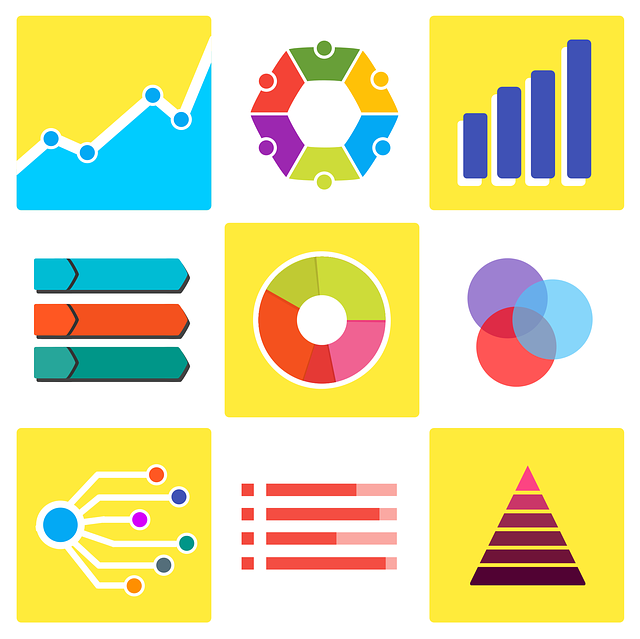 Things have been a little quiet on the blog front recently, because work has been crazy. I keep being asked to do stuff I’ve never done before and it makes life really hard.
Things have been a little quiet on the blog front recently, because work has been crazy. I keep being asked to do stuff I’ve never done before and it makes life really hard.
I hate being crap at stuff, and I don’t like to do things at work that I’ve not already done at home, so when something new is thrown at me it I put a lot of pressure on myself to get up to speed as quickly as possible.
I wrote a few weeks ago about doing some OBIEE 12c and ODI 12c installations, which was a way of giving me a little understanding about these products. I spent last weekend doing the 11g equivalents of those articles. Currently Oracle Cloud Apps are only certified with the 11g stack, so it’s into the time machine to do old crap*, which I find hard to get excited about. Having done all that I felt a little better prepared, but was still kind-of nervous. My inferiority complex always has me thinking, perhaps this will be the thing that breaks me!
This last week we spent three days with a consultant doing OBIEE, ODI and OBIA 11g installations. I did everything, with him guiding the process and one of my colleagues observing and correcting my typos. 🙂 I wrote down all the instructions, did screen shots of everything and captured all response files where they were available. Yesterday I spent the day going through the notes trying to make the process silent quiet. We are going to do about 4 of these environments, so scripting is really important, but I’m not going to waste my life trying to make it completely silent. There are some config stages that are going to be super fiddly to script, so we’ve decided to go for a halfway approach to the build process, with a combination of scripts and manual actions.
The OBIEE and ODI 11g stuff I did at home is already on the website, but I won’t be adding any of the extra stuff I did this week because:
- I did it on company time, not on my own time.
- Although the basic installs are easy and obvious, some of the “threading together” is a little funky and it would have taken a lot longer than 3 days if we hadn’t had the consultant on site. I’m not going to publish what is effectively his company’s documentation and pass it off as my own.
- I think for most people this will be seen as rather old stuff.
At some point we will have to move the whole environment to the 12c Fusion Middleware stack. At that point I may well do it all myself at home, write it up and put it on the website. If we have to rely on external consultancy and company time for that again, same rules will apply.
I’m glad I did all the prep work during the weeks leading up to this, as it made the whole process a lot easier. It was good to focus on the bits that were awkward, rather than having to waste time discussing basics.
Overall, I was happy with the process. It didn’t break me! 🙂
I’ll be away in Bulgaria next week, back for a week to do more BI stuff at work, then off to the Netherlands for a few days. After that, normal service should resume… 🙂
Cheers
Tim…
* I’m referring to the fact it is the 11g version, rather than the 12c version. I’m not saying it is crap because it is OBIEE+ODI+OBIA, rather than some “cool” stuff. 🙂
 There I was, happily patting myself on the back that I’ve installed and patched a bunch of lovely new OBIEE 12.2.1.2.0 servers when they go and drop 12.2.1.3.0. Aaarrggghhhh!
There I was, happily patting myself on the back that I’ve installed and patched a bunch of lovely new OBIEE 12.2.1.2.0 servers when they go and drop 12.2.1.3.0. Aaarrggghhhh! Things have been a little quiet on the blog front recently, because work has been crazy. I keep being asked to do stuff I’ve never done before and it makes life really hard.
Things have been a little quiet on the blog front recently, because work has been crazy. I keep being asked to do stuff I’ve never done before and it makes life really hard. The company I work for is in the process of moving some core systems to Oracle Cloud Apps. As part of that process the folks who do the warehousing, BI and reporting stuff are transitioning from a bunch of SAP tools to ODI, OBIEE, OBIA etc. I am not part of either the old or new projects related to this work, but it does seem I am going to have to get involved in some of the infrastructure side of it, namely installations and basic “turn it off and on again” type support. I will never actual use this stuff. 🙂
The company I work for is in the process of moving some core systems to Oracle Cloud Apps. As part of that process the folks who do the warehousing, BI and reporting stuff are transitioning from a bunch of SAP tools to ODI, OBIEE, OBIA etc. I am not part of either the old or new projects related to this work, but it does seem I am going to have to get involved in some of the infrastructure side of it, namely installations and basic “turn it off and on again” type support. I will never actual use this stuff. 🙂